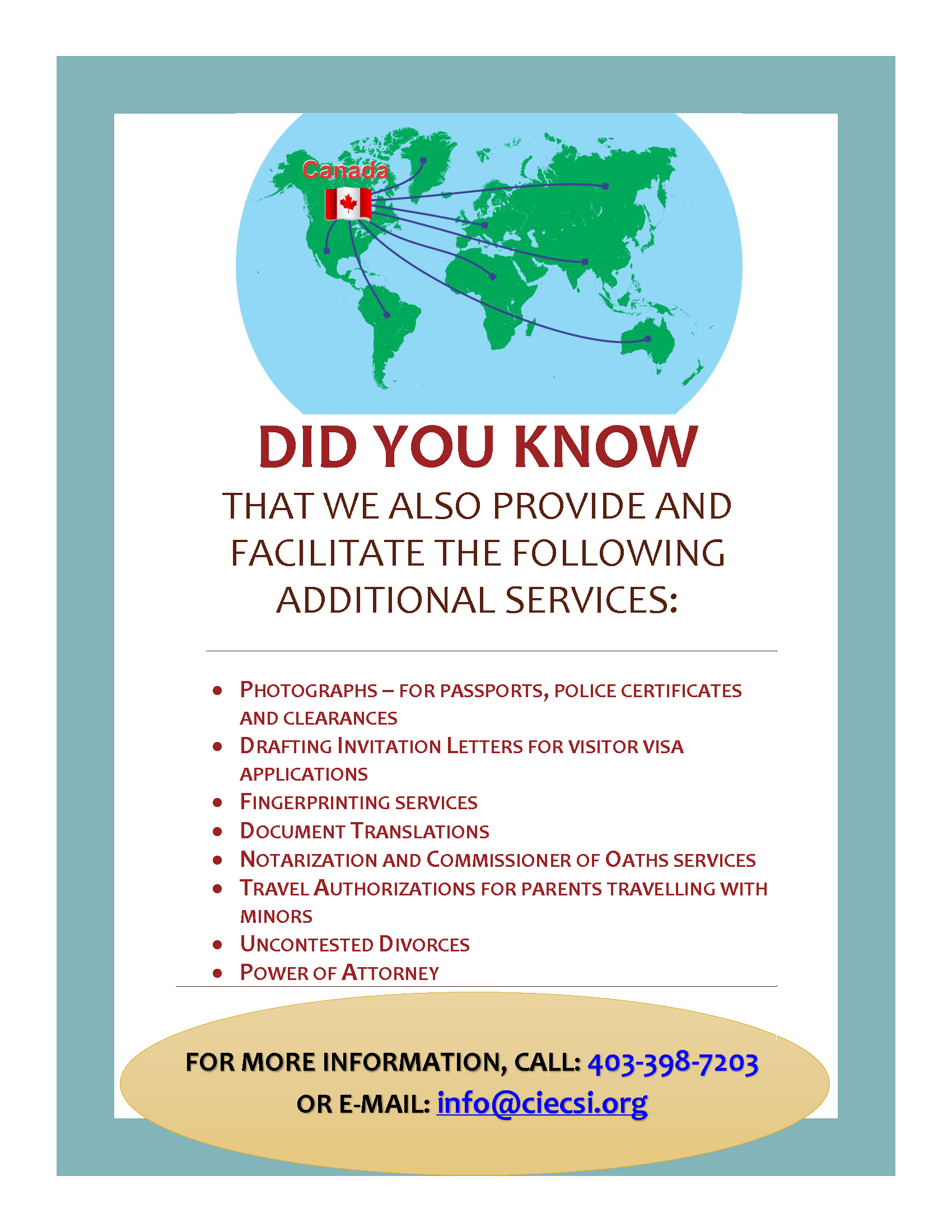May 1, 2017 – Canada has abolished the family sponsorship immigration condition that required sponsored spouses and partners to live with their sponsor for two years to keep their Canada immigration status.
Immigration, Refugees and Citizenship Canada says the move is being taken to tackle concerns with many people choosing to remain in abusive relationships because they are afraid of losing their permanent resident status.
The rule change applies to any family sponsorship immigration candidate previously subjected to the previous requirement and all new spouses and partners being sponsored as permanent residents.
Basic Requirements For Family Sponsorship
To be a sponsor:
You must be 18 years of age or older.
You and the sponsored relative must sign a sponsorship agreement that commits you to provide financial support for your relative, if necessary. This agreement also requires the person becoming a permanent resident must make every effort to support her or himself.
You must provide financial support for a spouse, common-law or conjugal partner for three years from the date they become a permanent resident.
You must provide financial support for a dependent child for 10 years, or until the child turns 25, whichever comes first.
Two-year Rule Abolished for Spousal Sponsorship in Canada immigration authorities say 100,000 immigrants have been subject to the rule since it was introduced by the former Conservative government in 2012.
“We’re doing away with a measure that could have made a bad situation worse by possibly making people feel they needed to stay in abusive situations just to keep their status in Canada,” said Immigration Minister Ahmed Hussen.
“Removing conditional permanent residence is another example of the government’s commitment for family reunification to make it easier for immigrants to build successful lives in Canada”.
The previous rule targeted couples who had been together for two years or less and had no children in common.
Canada Family Sponsorship: Who Can Be Sponsored?
Spouse.
Common law partner.
Conjugal partner.
Dependent children.
Parents.
Grandparents – (Additional conditions apply)
Brothers or sisters, nephews or nieces, granddaughters or grandsons who are orphaned, under 18 years of age and not married or in a common-law relationship.
Another relative of any age or relationship, but only under specific conditions.
Accompanying relatives of the above (for example, spouse, partner and dependent children).
The move was meant to deter people from using sham marriages or relationships to immigrate to Canada.
Although spouses and partners who were victims of abuse were on paper exempt from the rule, in reality many felt forced to stay in relationships to keep their status.
This imbalance in status left the sponsored person in a vulnerable position, many stakeholders said.
An IRCC statement said: “Even though there was an exception to the condition for people in such situations, it is possible a victim may not have been aware of it or may have chosen to stay in the abusive relationship for a number of reasons.
“Those could include the fear of coming forward, the perceived challenge of proving the abuse or neglect, fear of needing to continue to live with their alleged abuser, or fear of having their status revoked and being removed from Canada if the exception was not granted.”


